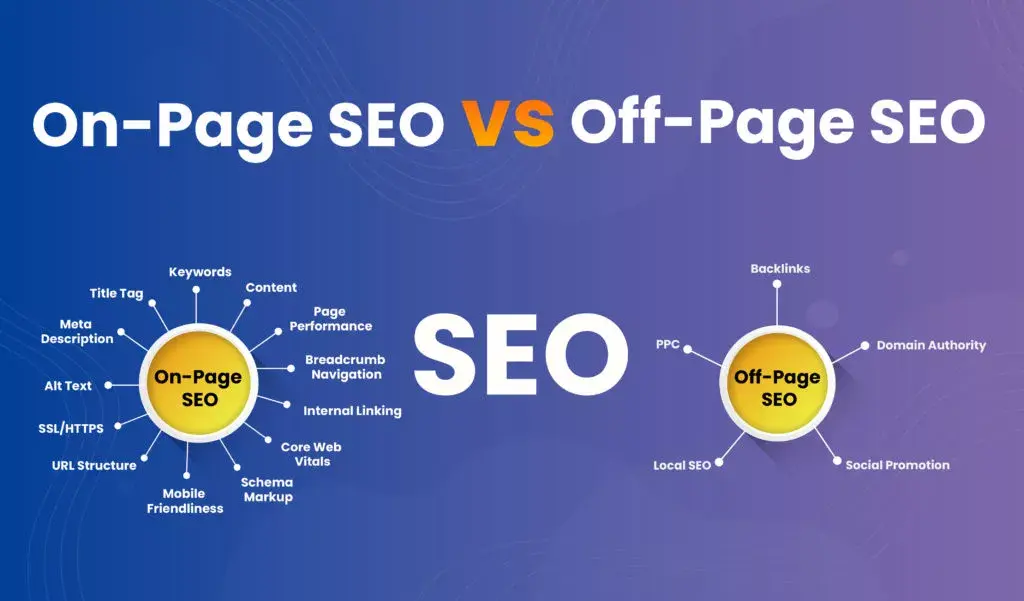Optimizing User Intent: Aligning Content with Searcher Needs
Table of contents

In the ever-evolving field of search engine optimization (SEO), acknowledging user intent has emerged as a crucial factor in crafting content that not only secures high rankings but also connects effectively with audiences. The optimization of user intent, which involves tailoring content to align with the specific goals and motivations of searchers, is now a fundamental aspect of contemporary SEO strategies.
Exploring User Intent
User intent, representing the underlying purpose behind a search query, encapsulates the searcher’s desired outcome or informational need. According to Jacksonville SEO experts, It encompasses the diverse reasons individuals turn to search engines, ranging from seeking immediate answers to exploring intricate topics, researching products, or navigating specific tasks.
The Spectrum of User Intent
User intent can be broadly classified into four primary types:
- Informational: These queries aim to acquire knowledge or understanding, often commencing with phrases such as “how to,” “what is,” or “why does.”
- Navigational: These queries seek to locate specific websites or content, typically using brand names, product names, or URLs.
- Transactional: These inquiries are crafted to trigger an action, be it making a purchase, downloading a file, or signing up for a service.
- Commercial: These queries involve exploring products or services with the potential to make a purchase or decision.
Aligning Content with User Intent
Optimizing content for user intent requires an understanding of the searcher’s context and aligning the content accordingly. This involves thorough keyword research to identify appropriate keywords that mirror the intent behind search queries. It also includes analyzing search engine results pages (SERPs) to comprehend the type of content that performs well for specific keywords.
Crafting Content for Informational Intent
For informational queries, content should furnish comprehensive and informative answers to the searcher’s questions. Utilize clear and concise language, break down complex concepts into digestible pieces, and incorporate visuals to enhance understanding.
Navigational Intent: Guiding Users to Their Destination
For navigational queries, ensure that your content provides clear navigation cues and links to the specific pages or websites that users are seeking. Optimize page titles and meta descriptions to accurately reflect the content and facilitate search engines in identifying the appropriate destination.
Transactional Intent: Facilitating Conversions
For transactional queries, create content that guides users through the desired action, whether it’s making a purchase, downloading a file, or signing up for a service. Utilize clear calls to action, persuasive language, and a streamlined user experience to facilitate conversions.
Commercial Intent: Persuading Informed Decisions
For commercial queries, offer detailed information about products or services, addressing potential concerns and highlighting unique selling points. Incorporate testimonials, reviews, and comparisons to establish credibility and guide users toward informed decisions.
Benefits of User Intent Optimization
Optimizing content for user intent not only enhances search rankings but also improves the overall user experience. By aligning content with searcher needs, there is an increased likelihood of visitors finding the information they seek, engaging with the content, and taking desired actions.
Conclusion
According to SEO Jacksonville experts, User intent optimization stands as a cornerstone of effective SEO strategies. By comprehending the motivations and goals behind search queries, businesses can create content that resonates with audiences, drives traffic, and ultimately accomplishes their marketing objectives. In the ever-evolving landscape of search, aligning content with user intent remains the key to unlocking true SEO success.







